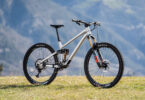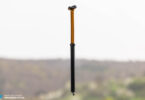DI.A 2015 Breakout Sessions | Analog versus digital


Why some innovations feel good and others just fail to convince – a designers perspective.
Development of mountainbikes started in the early 90’s, bikes were bikes and companies worked hard to improve geometries, materials, and components. Innovations, trends and hypes have grown exponentially since then. It has taken bike-designers and engineers about 15 years to get for example disc-brakes, roller-chain-drivetrains and suspension-systems up to the high standards we enjoy today.
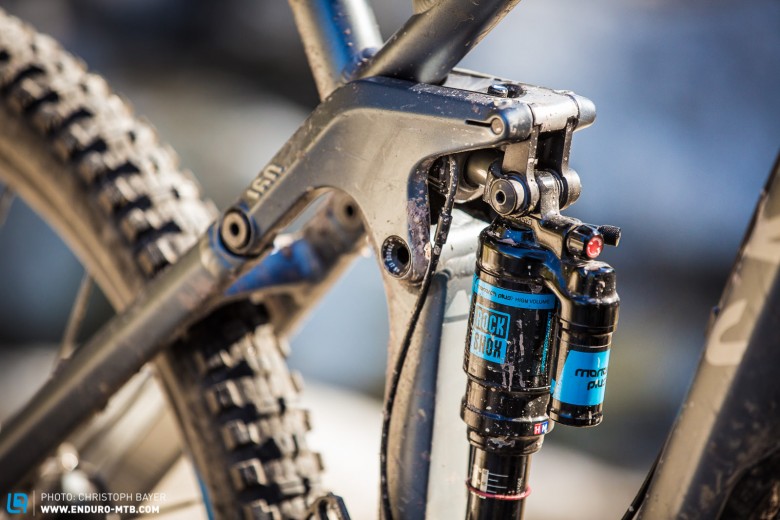
The industry grew and a large amount of bike-manufacturers profited by just staying in the slipstream of a few benchmark-companies. It was relatively easy to keep up with the big-ones and make a good business by selling a product that was the core of a true sports-revolution; mountain biking. Then the moment came where innovation was necessary in order to survive and companies got inspired to invest more in their research and development. Small companies got big and needed to innovate in order to keep up. Innovation became a more important part of the business-model for a lot of companies.
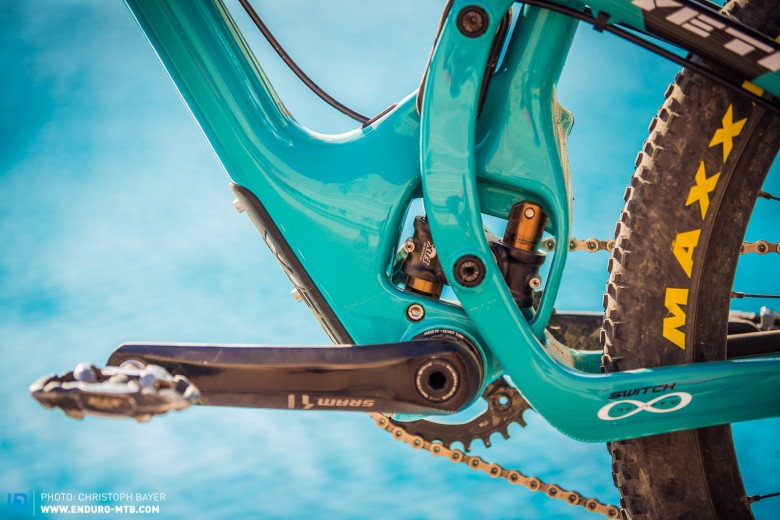
Innovation in order to make profit is different from innovation driven by idealism. There always needs to be a healthy balance between those two, just business isn’t working on long term, just idealism isn’t either. In the past ten years companies are pushed to innovate and invest more than ever. Innovating in searching for the new, for the better and innovating is an expensive and risky process. In the past 10 years we have experienced big steps in terms of innovation, but I also think that some of the latest innovations are either overdone or unnecessary. What separates companies right now is a certain amount of idealism that helps to focus on innovation that will convince and also move towards a better future.
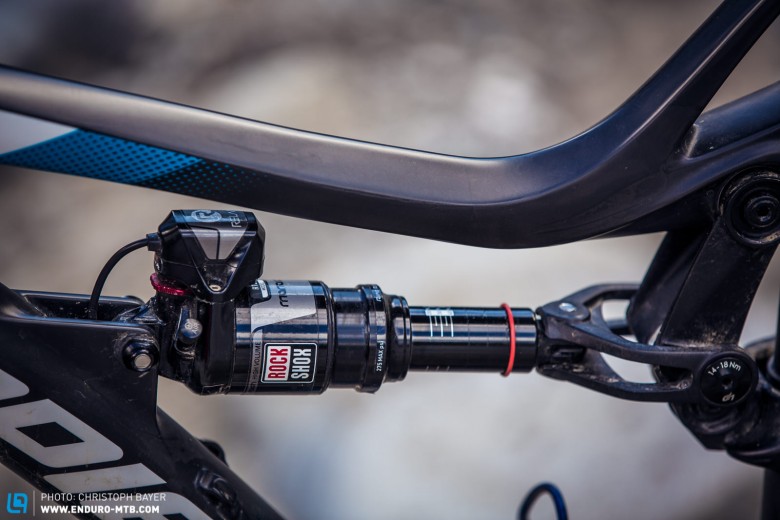
The amount of innovative products that were brought to the market in the past years is huge and very diverse, but not all innovations will last long, that’s for sure. Right now it is the time to improve what’s already good and dream about what can be even better. If bike-engineers, designers and also the decision-making managers think like that, products will be more durable, more timeless and more functional instead of simply “it’s the big thing, what you should buy now!’. Some innovations feel good and others seem to be just wrong and misplaced.
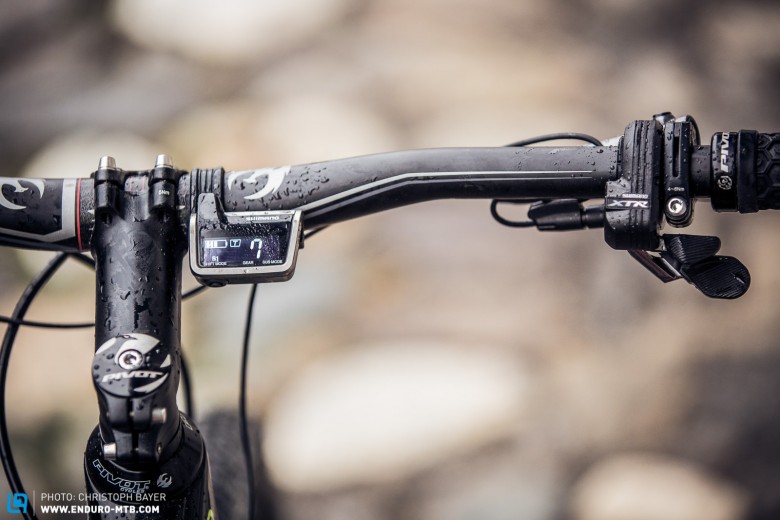
Before computers and iPods were invented, designers made analog products. This means that the shape of the product would assume it’s function. If a person from the year 1500 would see an analog product, he or she would have some sort of an idea what it could be used for. For example a chair, a toothbrush or a hammer. In the past decades digital products started to overwhelm the world and those digital products had completely new functions. A person from the year 1500 would never know what an CD-player is used for or what the iPhone can do. This separation of analog and digital products seems very simple, but isn’t always clear. A product can be analog with details that are solved digital, or the other way around. Digital or analog in product design says something about the product’s core, roots and therewith its purpose.
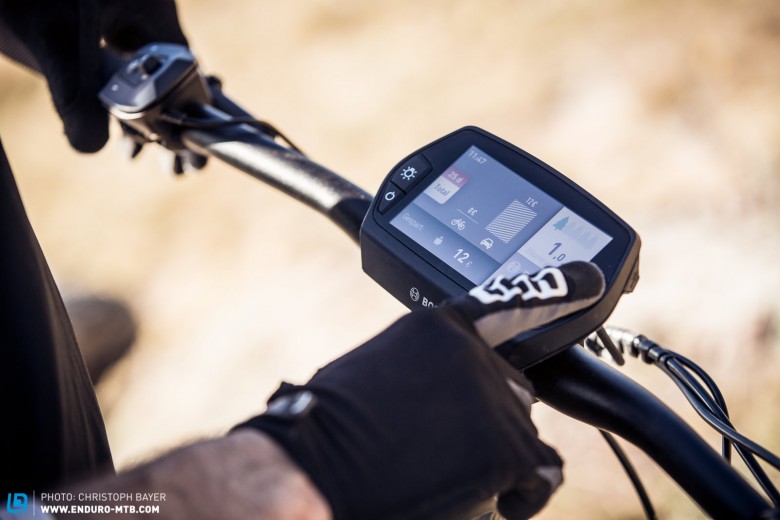
100 years ago, the bicycle was an analog product, it was a transportation device that you could ride by your own effort. Nowadays the bike’s purposes are very different; transportation, sports, racing, lifestyle, a bike is no longer just a bike. Innovation needs to fit to it’s purpose, a racing bike need to be faster, a commuting bike more efficient and comfortable. All current innovations related to bike-products can be either analog or digital. The purpose of a bike asks for either analog or digtital design and I think that if a bike-designer has a certain idealism, he or she needs to be aware of what fits better. Analog or digital? Analog innovations are for example mechanical principles like the SRAM XX1, the DW-link suspension or the hydraulic internals of a shock. Digital are the settings on an electronic shock,drivetrain or even the motor on an E-Mountainbike. Analog versus digital does not mean ‘simple vs complicated’ or ‘basic vs nerdy’. Analog versus digital is a consideration of what fits to the bike’s purpose, roots, function, design and to what simply feels good.
Words: Ruben Torenbeek | Photos: Christoph Bayer
Did you enjoy this article? If so, we would be stoked if you decide to support us with a monthly contribution. By becoming a supporter of ENDURO, you will help secure a sustainable future for high-quality mountain bike journalism. Click here to learn more.




